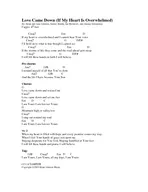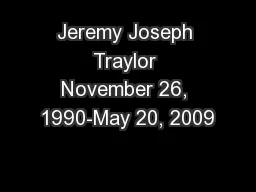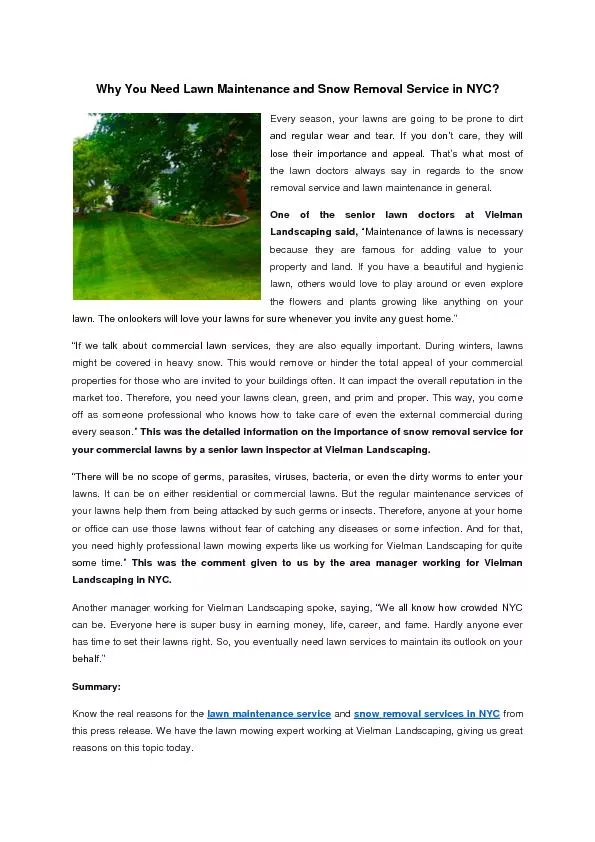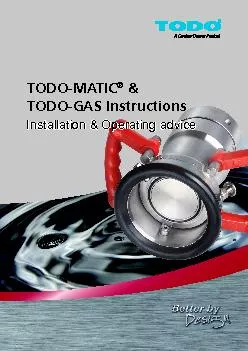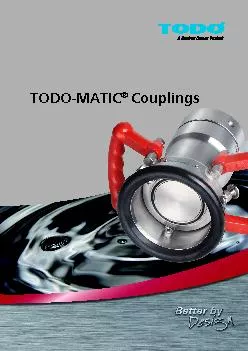PPT-Lawn-O-Matic Jeremy Doe, J
Author : ideassi | Published Date : 2020-06-24
on Scibelli Robert Cocomello Ahmet Yanbul Faculty Advisor Prof Neal Anderson Department of Electrical and Computer Engineering ECE 415ECE 416 SENIOR DESIGN
Presentation Embed Code
Download Presentation
Download Presentation The PPT/PDF document "Lawn-O-Matic Jeremy Doe, J" is the property of its rightful owner. Permission is granted to download and print the materials on this website for personal, non-commercial use only, and to display it on your personal computer provided you do not modify the materials and that you retain all copyright notices contained in the materials. By downloading content from our website, you accept the terms of this agreement.
Lawn-O-Matic Jeremy Doe, J: Transcript
Download Rules Of Document
"Lawn-O-Matic Jeremy Doe, J"The content belongs to its owner. You may download and print it for personal use, without modification, and keep all copyright notices. By downloading, you agree to these terms.
Related Documents



